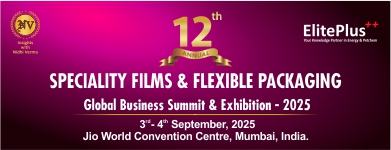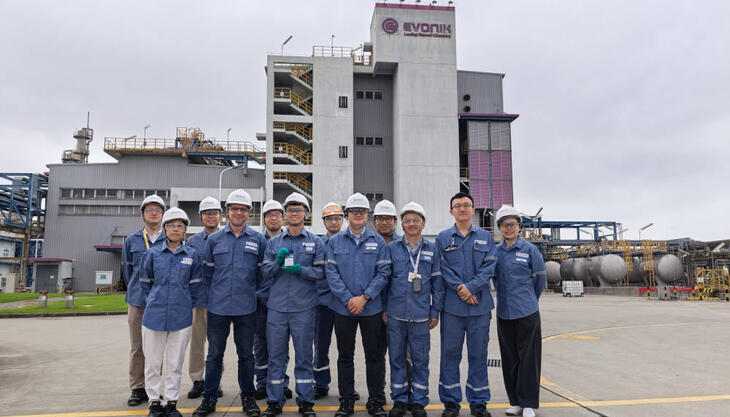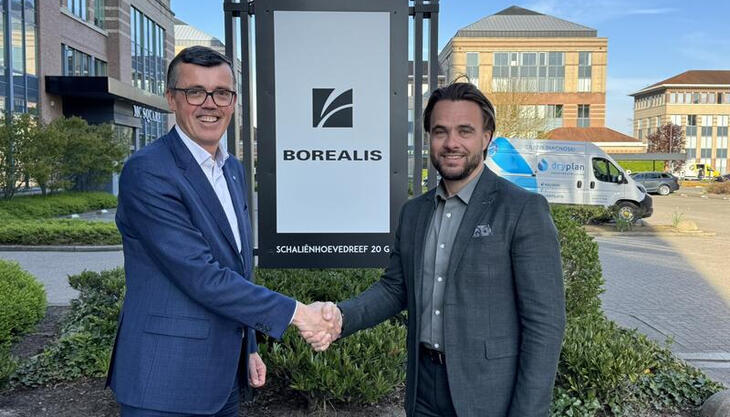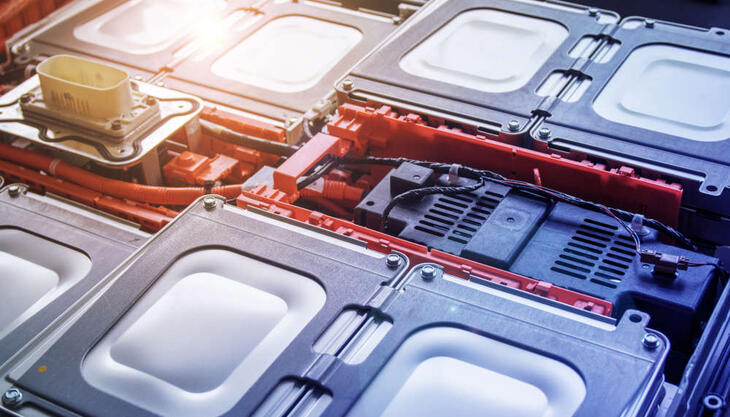Very low diisocyanate content prepolymers
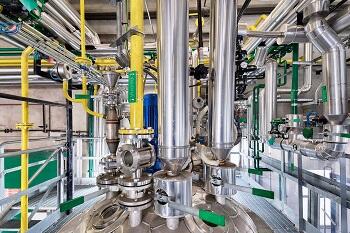
The Urethane Systems business unit of specialty chemicals company Lanxess presented two new prepolymers of the Adiprene range that are produced using LF (low free) technology, so they contain very low diisocyanate content.
The low free TDI Adiprene LF TR400 high-temperature prepolymer, which is based on polycarbonate, is cured with MCDEA (4,4-methylenebis(3-chloro-2,6-diethyl-aniline), and is much easier to process than comparable prepolymer systems for high-temperature applications. For example, it offers a manageable processing/pour life. The resulting cast elastomers demonstrate have improved high-performance properties that comparable established polyurethane high-temperature system and have excellent high-temperature property retention. Thus, the tear strength is hardly reduced at elevated temperatures. A further strength is high resistance to heat aging at 150⁰C.
The unique 1K blocked prepolymer, Adiprene K LFM E820, based on caprolactam (CAP) blocked prepolymer and diamine curatives, is less viscous blocked prepolymer systems, which are based on LF technology, allow for chemistries with non-traditional raw materials, including more viscous polycarbonate polyols and unique amine types. These stable 1K systems provide processors with numerous advantages, including increased control of the curing process and increased product consistency from batch to batch. Without restriction on pot life, these systems allow for the processing of large parts, complex contour designs, and rotomoulding of hollow parts. These systems can offer enhanced thermos-mechanical performance, processing ease, and enhanced industrial hygiene.
The variety of possible applications of blocked LF prepolymers ranges from small thicknesses of 1-2 mm to really large parts up to several tons. For example, these systems are used as abrasive pad binders or coatings of industrial rollers, as well as in the impregnation of industrial belts. Another advantage for the processor is the elimination of the need for a mixing and metering system, which pays off in terms of component costs. Potential applications include dynamic bend stiffeners for thick cables such as submarine cables, industrial rolls, components for wind turbine rotor blades or large composite structures.













